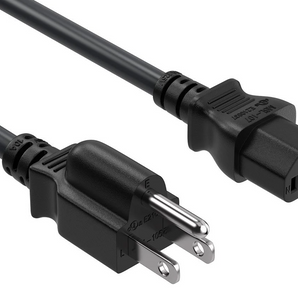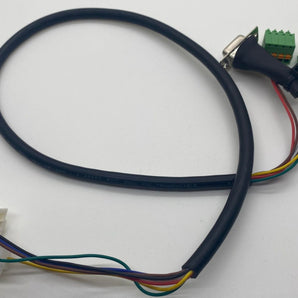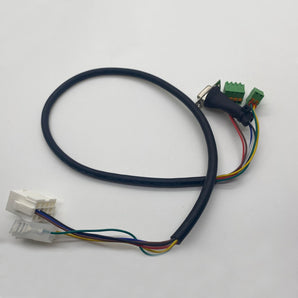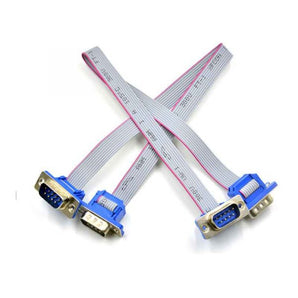Injection molding is a versatile manufacturing process used to produce a wide range of plastic parts and components. It involves injecting molten material into a mold cavity, where it cools and solidifies to form the desired shape. This process is widely utilized across various industries due to its efficiency, precision, and scalability.
How Injection Molding Works:
-
Injection: The process begins with the injection of molten plastic material into a mold cavity under high pressure. The material is forced into the mold through a nozzle and runner system, filling the cavity completely.
-
Cooling: Once the mold cavity is filled, the molten plastic begins to cool and solidify, taking on the shape of the mold. Cooling time is critical, as it affects the quality and integrity of the final part.
-
Ejection: After the plastic has cooled and solidified, the mold opens, and the finished part is ejected from the cavity. Ejection mechanisms, such as ejector pins or plates, are used to remove the part without causing damage.
Key Considerations in Injection Molding:
-
Design: Proper part design is essential for successful injection molding. Factors such as wall thickness, draft angles, and parting lines must be carefully considered to ensure moldability and optimal performance.
-
Material Selection: The choice of material plays a significant role in injection molding. Different plastics have varying properties, including strength, flexibility, and heat resistance, which must be matched to the requirements of the application.
-
Tooling: High-quality molds are critical for achieving precise and consistent results in injection molding. Factors such as mold design, material selection, and surface finish impact the quality and longevity of the tooling.
Advantages of Injection Molding:
-
High Precision: Injection molding allows for the production of complex parts with tight tolerances and intricate geometries.
-
Efficiency: The automated nature of injection molding enables high-volume production with minimal labor costs and reduced cycle times.
-
Cost-Effectiveness: Injection molding is a cost-effective manufacturing solution for large production runs, offering economies of scale and competitive pricing.
Applications of Injection Molding:
Injection molding is used across a wide range of industries, including automotive, electronics, medical devices, consumer goods, and packaging. Common applications include:
- Automotive components such as interior panels, dashboard trims, and bumpers.
- Electronic enclosures, connectors, and housings.
- Medical devices and equipment, including syringes, IV components, and surgical instruments.
- Consumer products such as toys, household appliances, and kitchenware.
- Packaging containers, bottles, and caps for food and beverage products.
Conclusion:
Injection molding is a versatile and efficient manufacturing process that offers numerous benefits for producing plastic parts and components. By understanding the principles of injection molding and optimizing key factors such as design, material selection, and tooling, manufacturers can achieve high-quality, cost-effective solutions for a wide range of applications.
Stay tuned to our blog for more insights, tips, and industry updates on injection molding!







